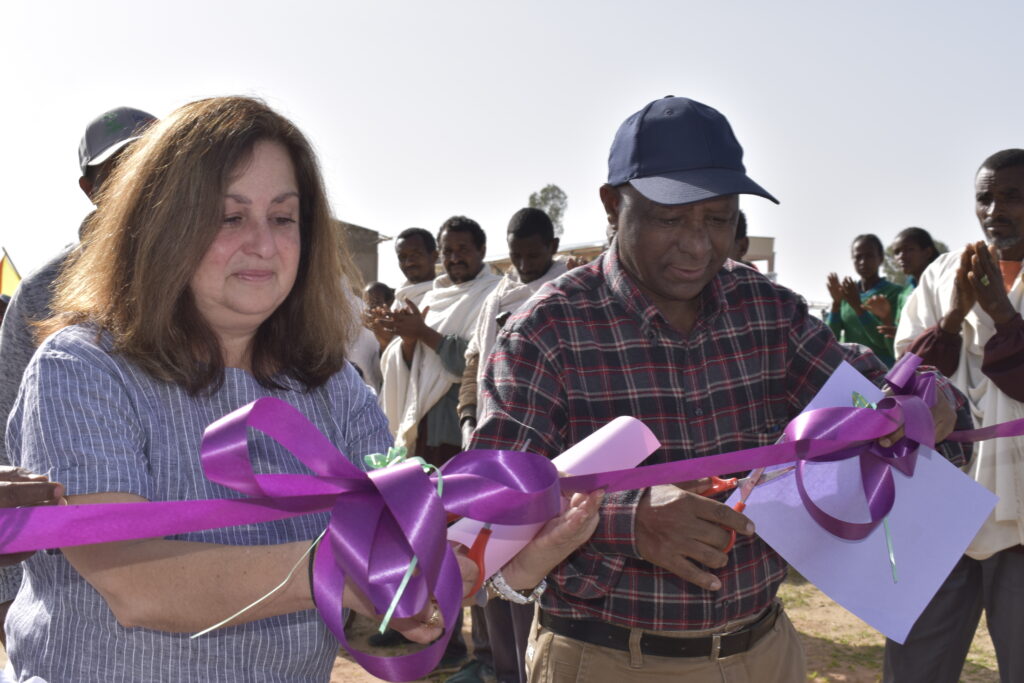Our History
-

1978
Establishment of The Relief Society of Tigray (REST) in May 1978
-
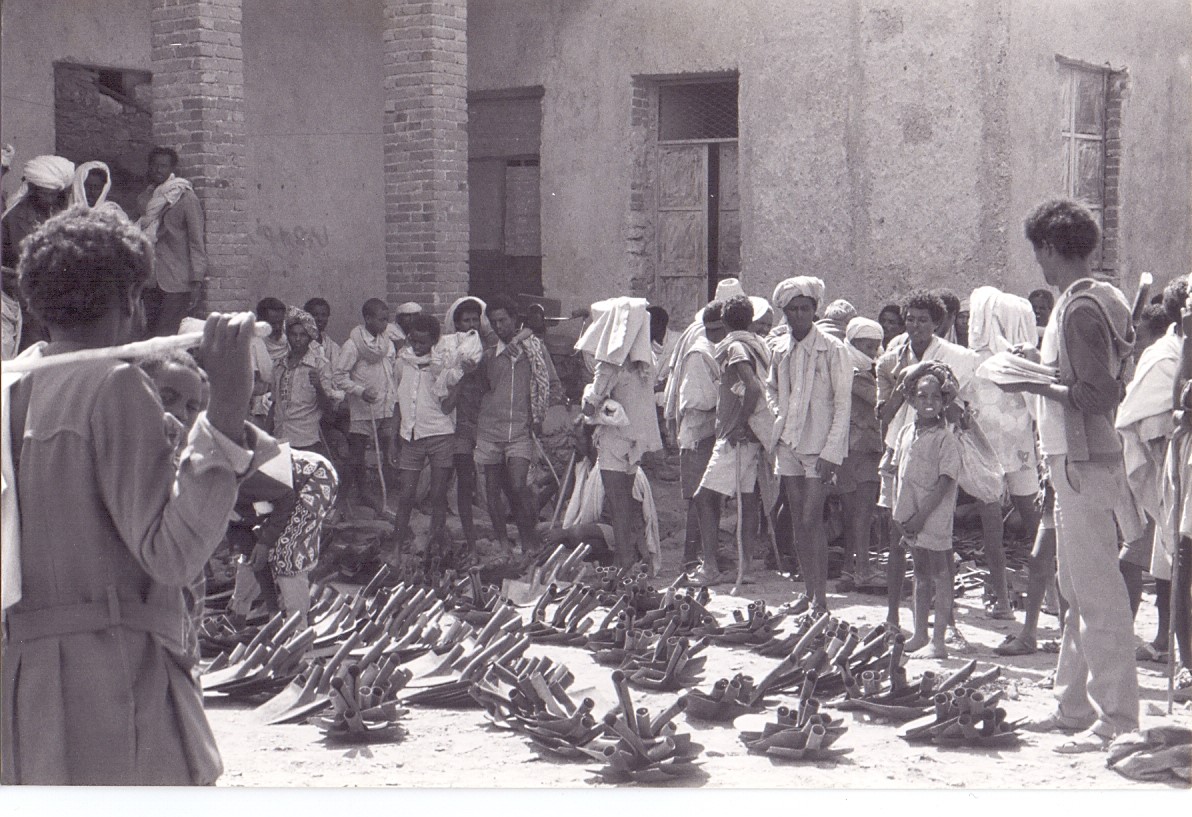
1984/85
Responding to the famine, supporting more than 200,000 affected by the grate famine of 1984/85 in north Ethiopia, mainly through cross-boarder operation (in Sudan and Tigray) to save lives. REST also supported repatriation and rehabilitation of more than 160,000 people
-
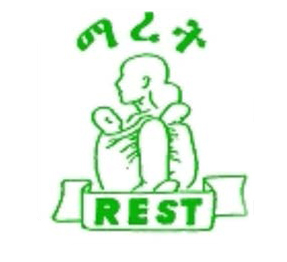
1991
REST registered as non-governmental organization (July 31, 1991)
-
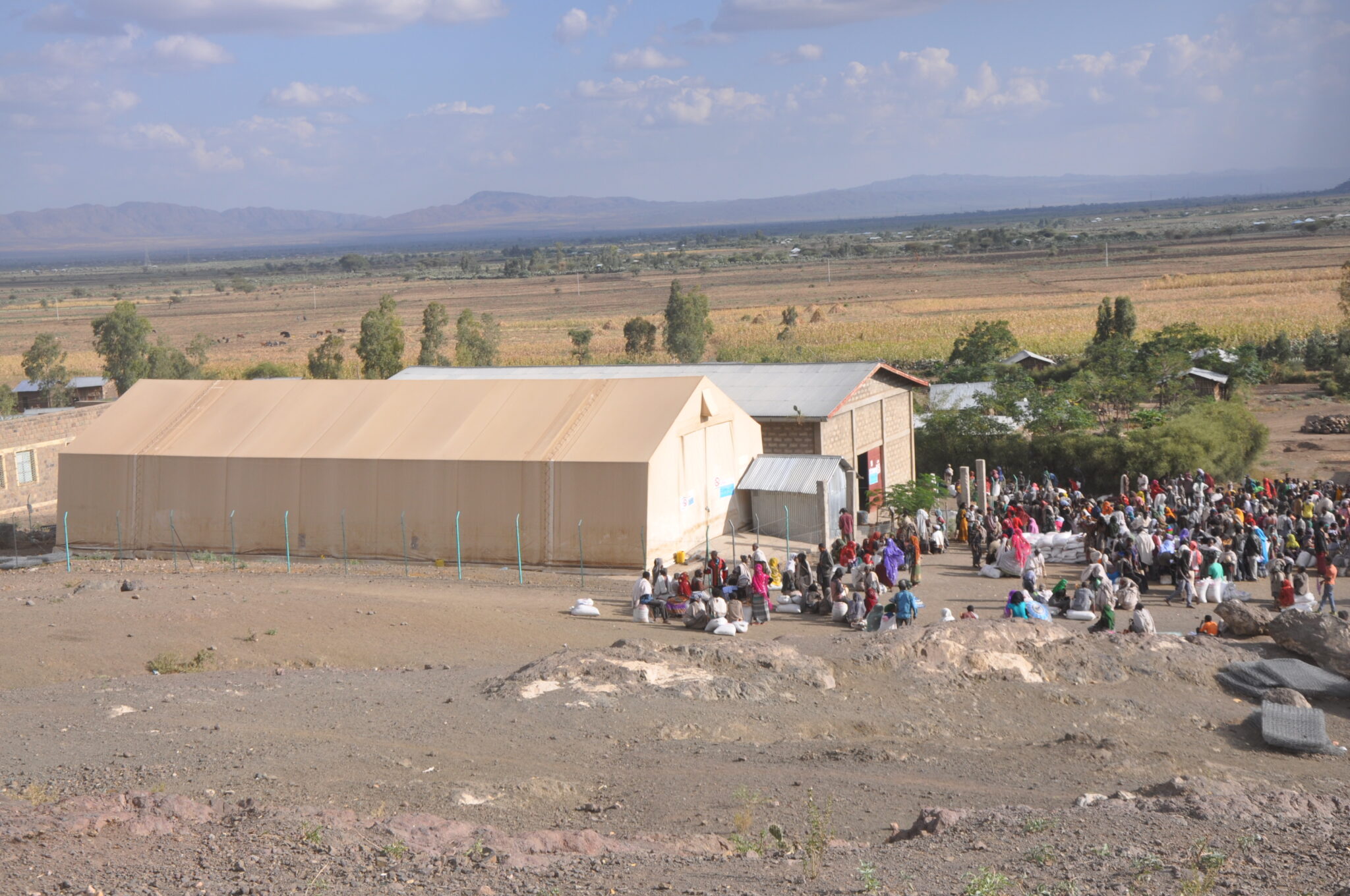
1993
- REST starts working directly with USAID, making it the first local NGO in Ethiopia to receive grants from USAID
- REST pioneered rural finance services in Tigray by establishing REST Credit Schemes in Tigray (RCST) which later developed to DECSI
-
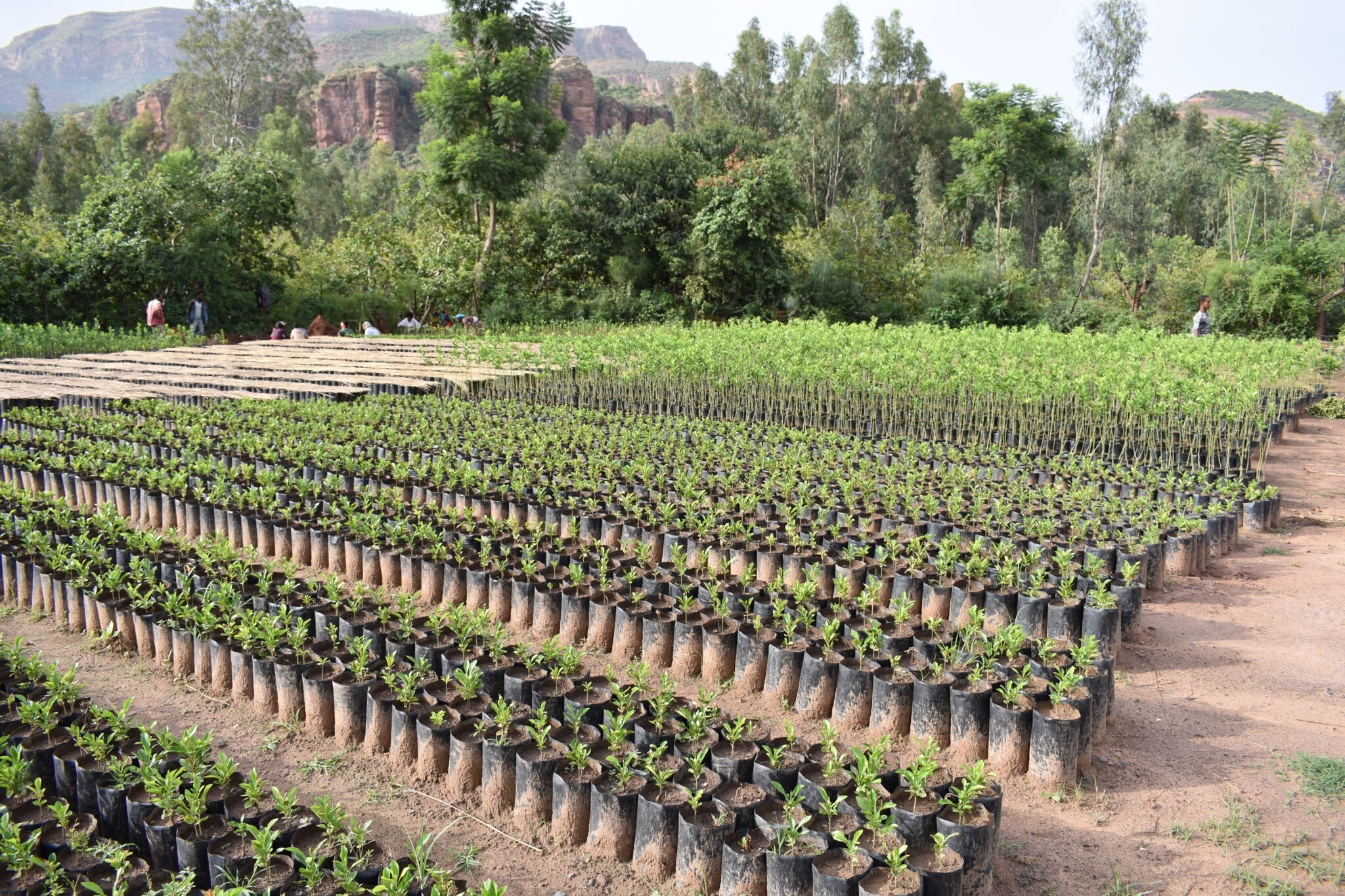
1995
REST moved from annual planning approach to multi-year strategic planning approach. Developed its 1st 5 years strategic plan (FY1995-2000). REST shifted from relief and rehabilitation to Development interventions
-

1998/2000
In the aftermath of the Ethio-Eritrean Boarder Conflict, REST started initiatives to support economic recovery of people along the boarder (through Boarder Development Program) and promote community-based peace building (in Tigray and Afar), in collaboration with Afar Pastoralist Development Association (APDA)
-

Nov 2020 onwards
REST again shifted towards Humanitarian Response and Early Recovery in the aftermath of the armed conflict in Tigray

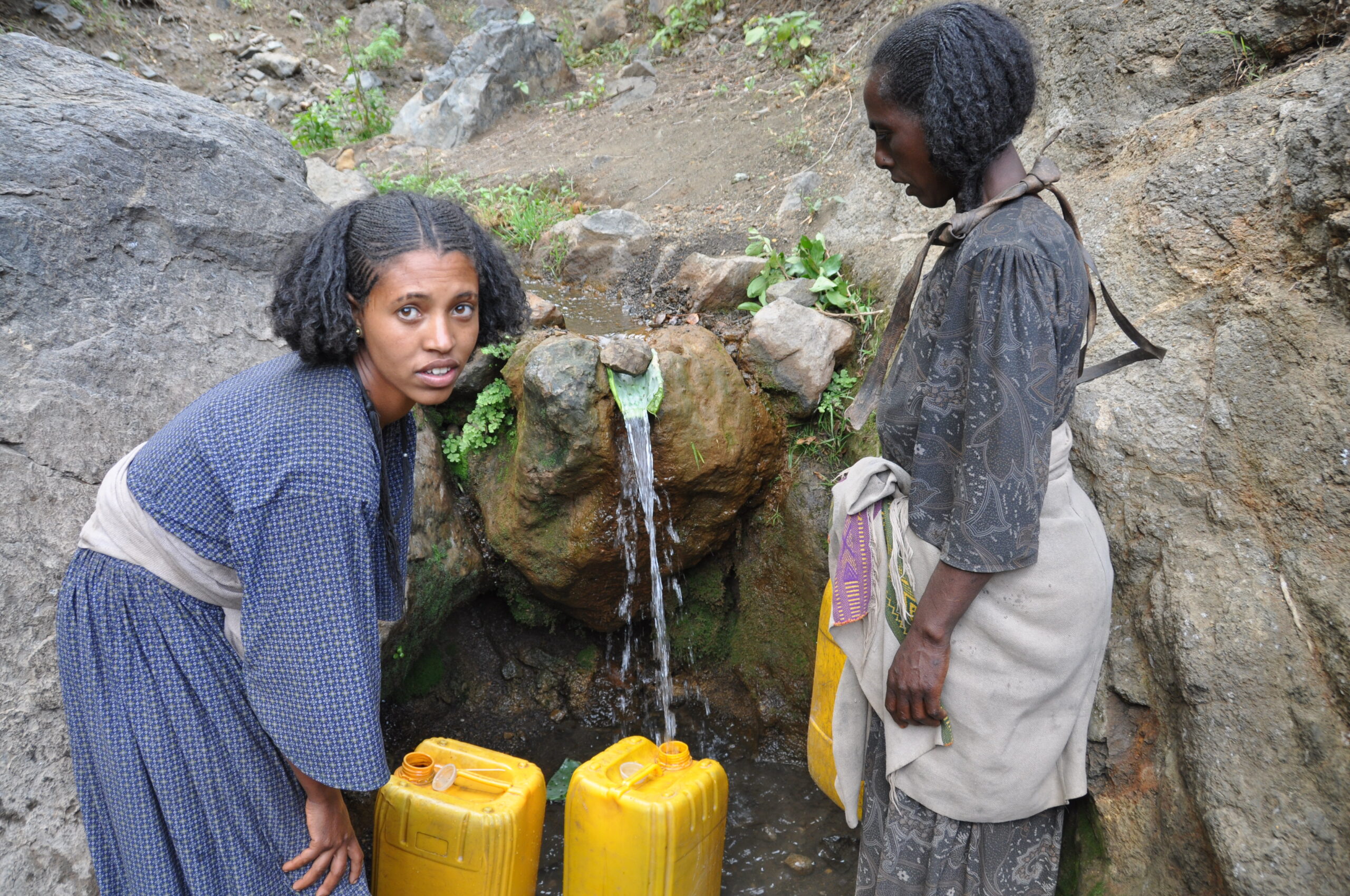
Empowering rural communities in Tigray through sustainable development projects and lifesaving humanitarian aid.
The Relief Society of Tigray has been working with and for the people of Tigray since 1978, promoting and enabling self-reliant, sustainable development in the region, with a particular focus on subsistent and semi-subsistent smallholder agricultural households and communities.
est.
1978
More than 4 decades of expertise
100
%
Completed projects
Our Mission, Vision & Strategy
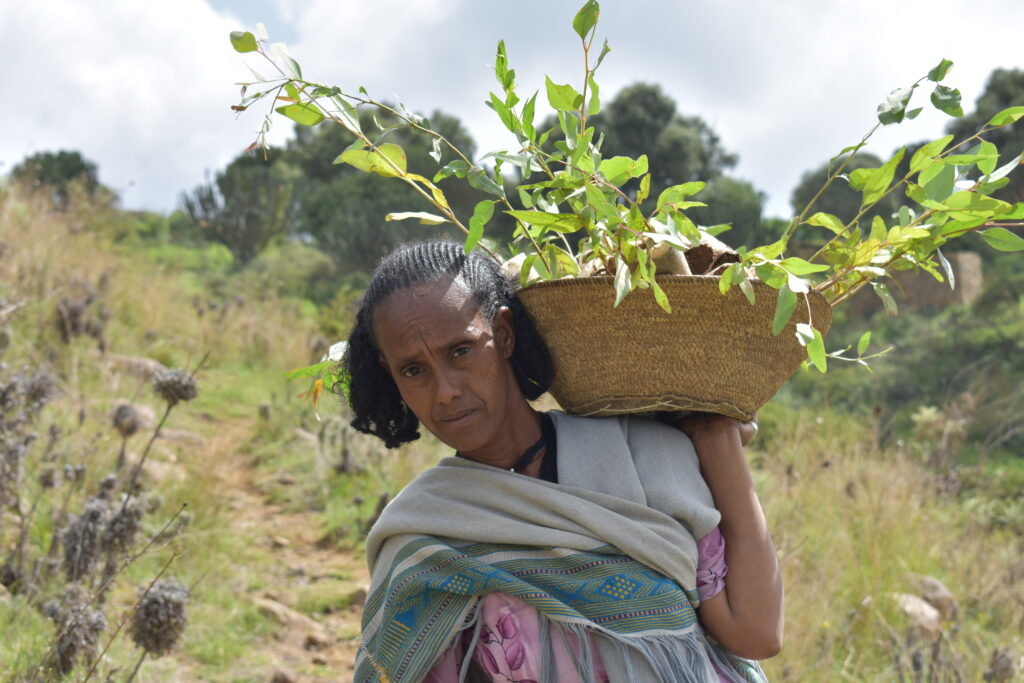
Our Mission
Our Vision

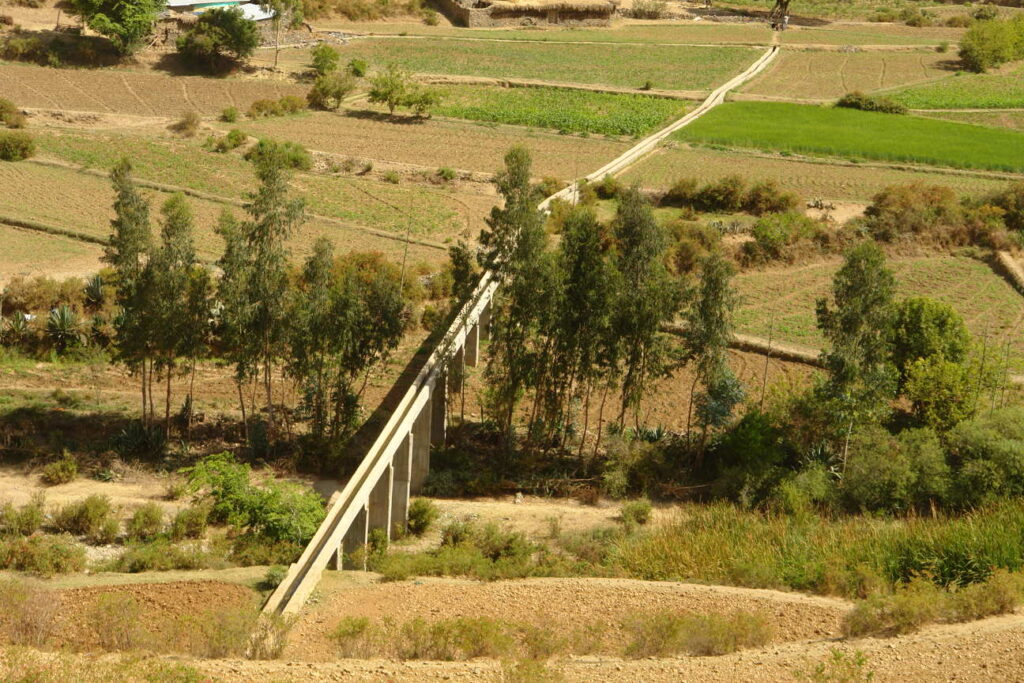
Our Strategy
Our Governance
Our Governance brings a wealth of experience and a shared vision to the table, ensuring strategic direction and effective execution of our mission.
We encourage you to explore the detailed biographies of our leadership team.
